
🚀 Two explorers aim to beat Elon Musk to Mars - part 1
There are only two specific projects in the whole world aimed at taking humans to Mars. One is Elon Musk's SpaceX. The other is two adventurers.
Share this story!
"After Columbus went, the sea was filled with other ships. That is what we hope will happen after we have overcome this barrier", Tina and Tom nod in agreement.
Are they crazy? Yes, probably a little.
Are they hardworking, extremely serious with years of extreme challenges behind them? Yes.
Do they have three records in the Guinness World Records? Yes.
Can they beat Elon Musk to Mars? Yes.
This is how they will do it.
Just been apart for five days
"Do you really want to work with what you are studying now?", Tina asked.
"Nah", Tom replied.
Tom studied at the Stockholm School of Economics and Tina worked at the Swedish public television network, SVT, when they met. After Tina's question, they dropped everything and set out to travel the world. That eventually took them to the top of Mount Everest. Their first big adventure. Since then, they've been full-time explorers and adventurers. A line of work that they truly want.
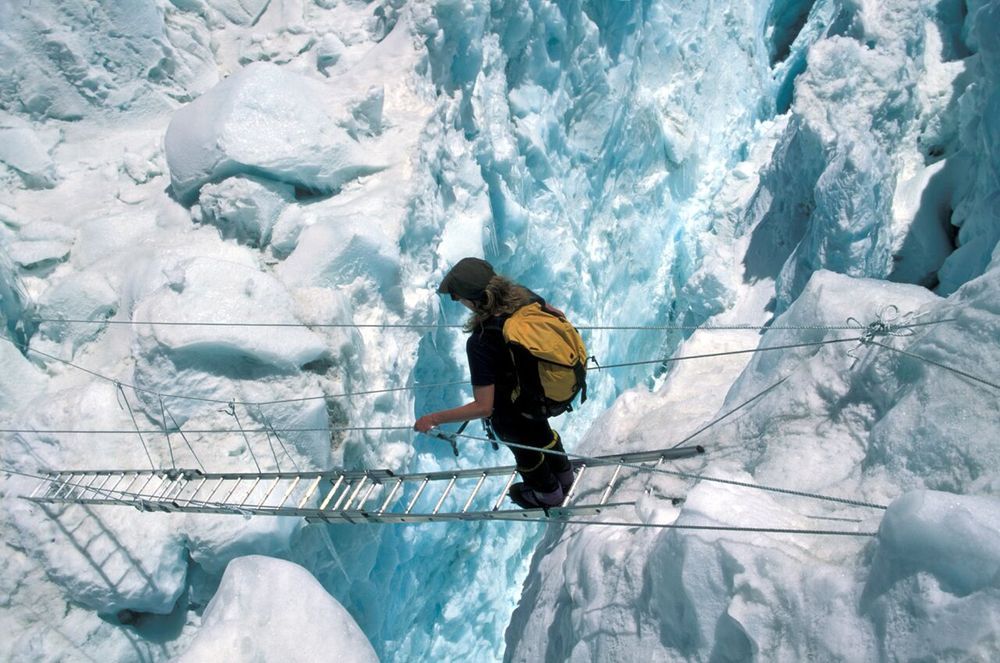
Since they got married, they have not been apart for more than five days and during all these days together, they have overcome extreme obstacles. Tina has almost drowned in the icy water at the North Pole and Tom injured himself so badly that he was almost paralyzed.

After Everest, they embarked on their most difficult adventure. To ski unsupported to the South Pole and then, immediately afterward to the North Pole. Before they did it, it was considered impossible, you needed at least six months of recovery between both poles because it is so physically taxing. The heavy weight each of them had to carry with them meant that it was also considered impossible for a woman to reach the North Pole without support.
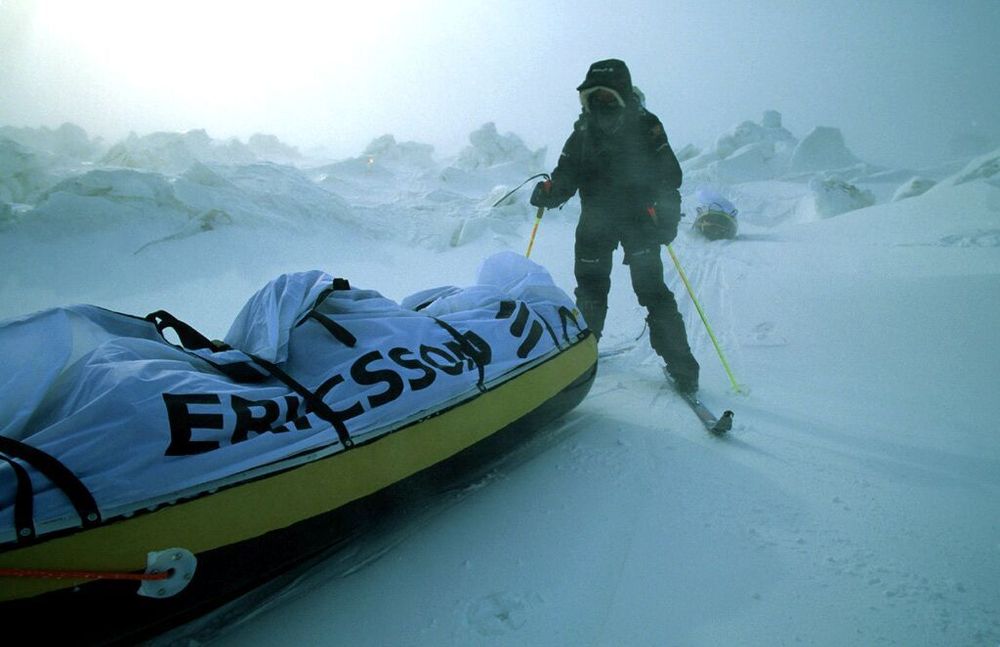
In Guinness World Records, Tina Sjögren is included twice:
- Tina Sjögren is the first woman to complete a ski trip without assistance to the North Pole.
- Tina Sjögren is the first woman to complete the three-pole challenge - the North and South Poles and Mount Everest.
And both together once:
- The fastest time to go to both poles without support was achieved by Thomas and Tina Sjögren.
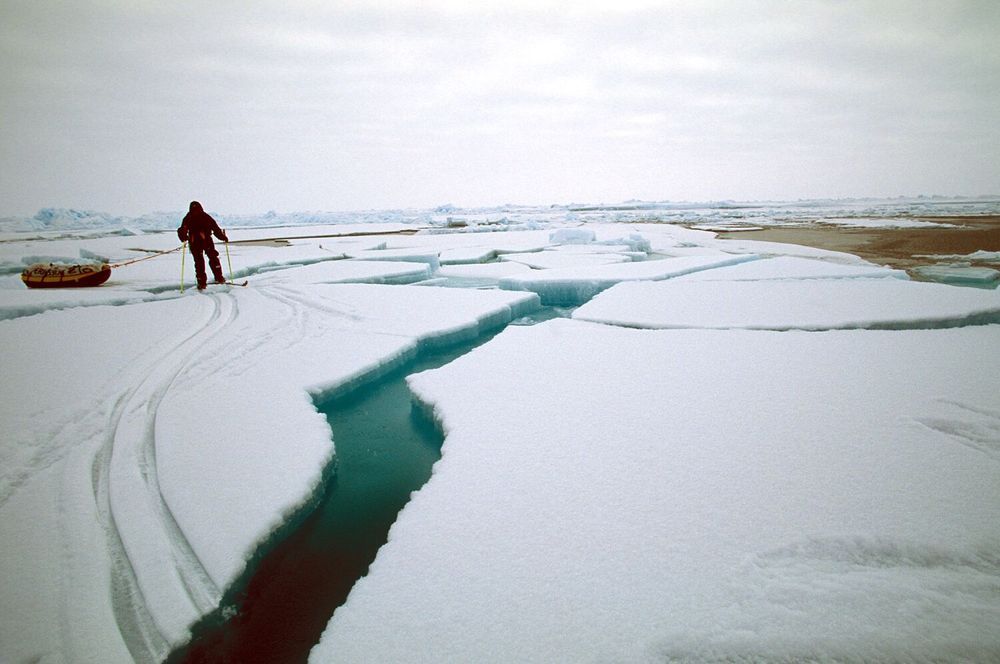
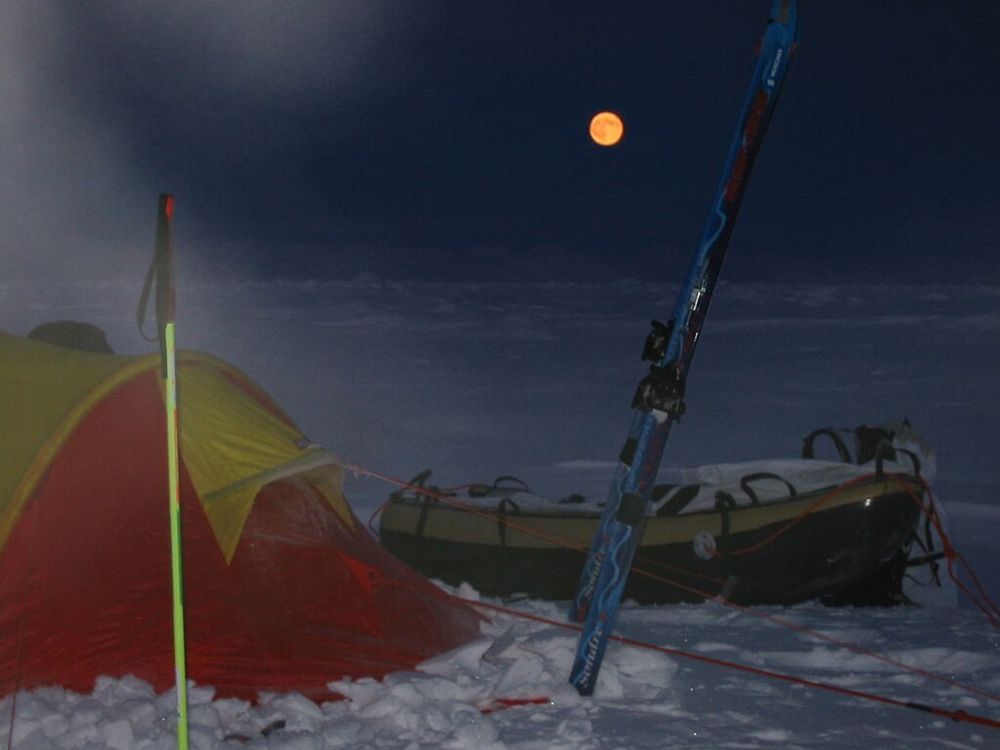
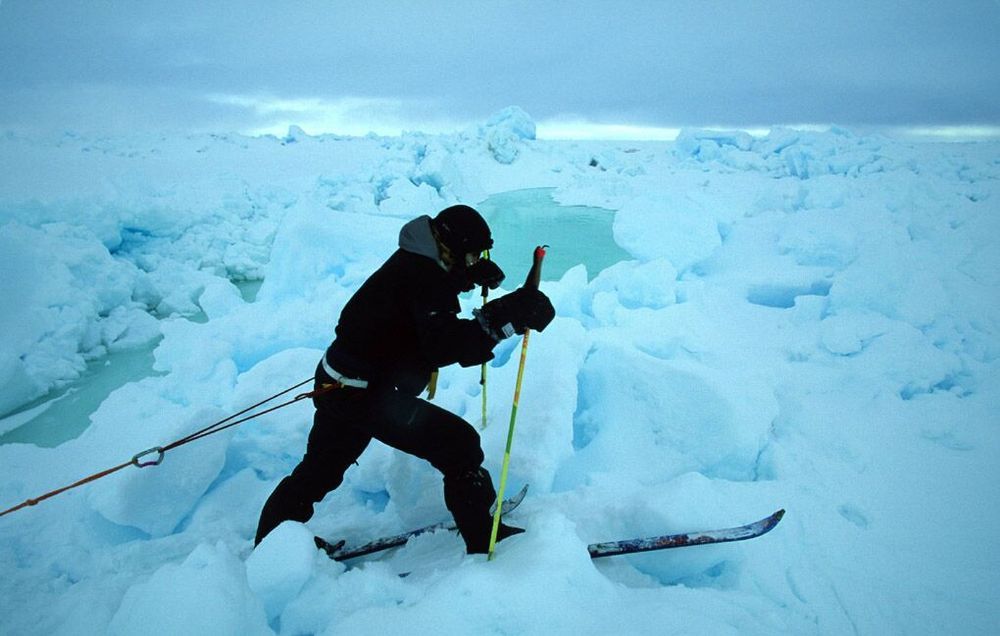
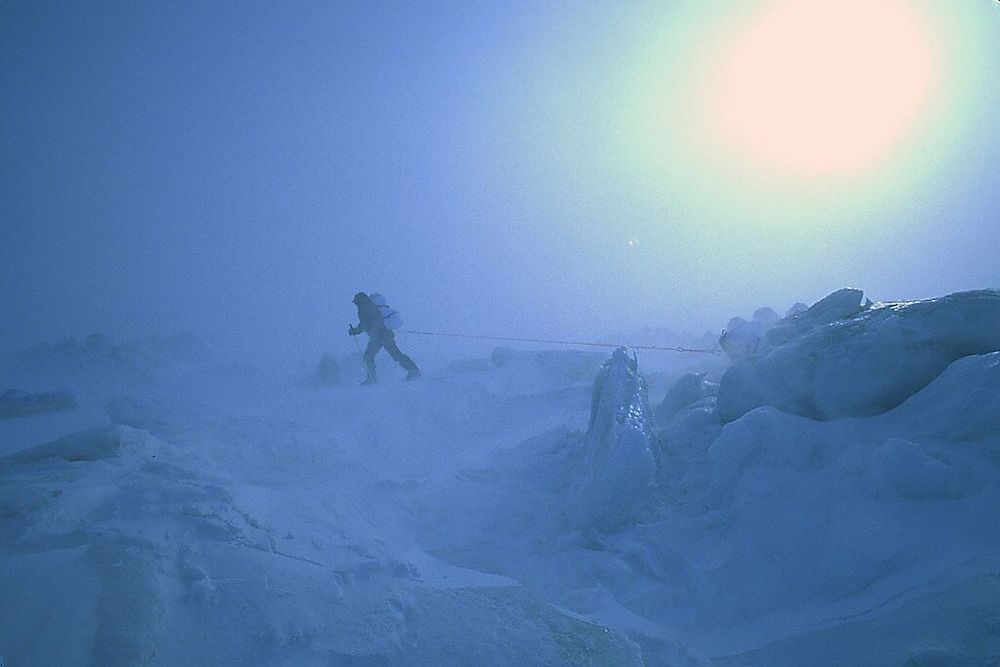
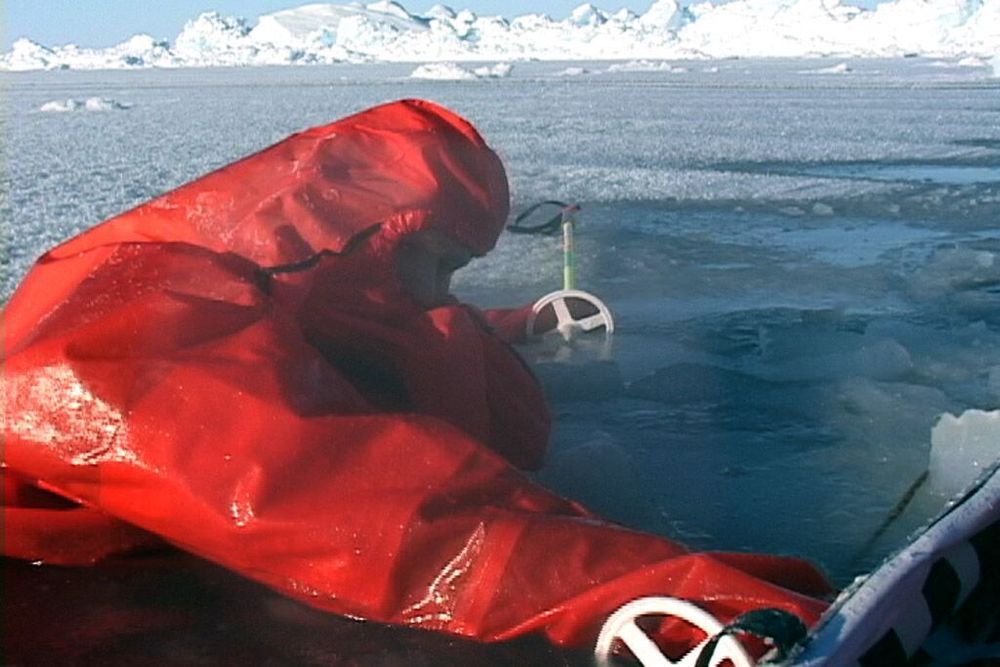
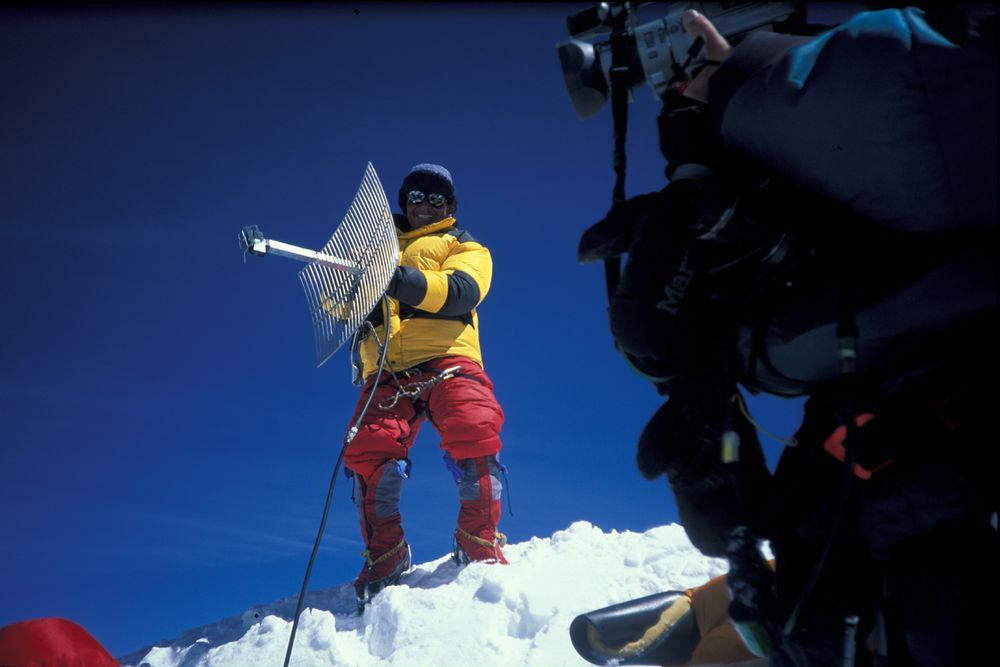
After these successes, they planned their next, which would also make them end up in Guinness World Records. To climb to the top of K2 during winter, also considered almost impossible. But when they started preparing, they couldn't find the real passion for it. It was the same thing they'd already done several times. They wanted a new, bigger challenge.
To find it, they looked up.
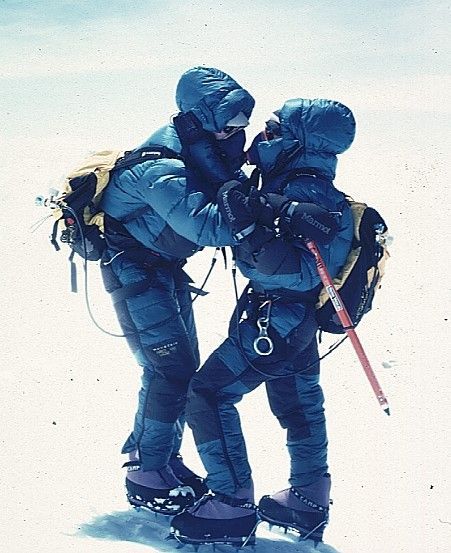
Closer to space than the summit of Everest
Most people look down when they stand on top of Mount Everest. Tina looked up. This was as close as one could get to space on earth so she wanted to take it all in from this unique place.
It was also where they began to look for their new and greatest challenge.
"We started thinking about whether it is possible to go to space? We didn't want to buy a ticket for something like Virgin Galactic, we wanted a new adventure, an expedition, the two of us together. But that's probably not possible, we thought then", says Tina.
So they started going to space conferences and talked to astronauts, scientists, rocket engineers. The first person they listened to was Robert Zubrin, founder of the Mars Society and author of the book The Case for Mars. After the lecture, they asked him the same question that they would ask many others:
"Do we have the technology for humans to go to another planet, like Mars?"
"Yes", he replied, "we've had it for decades."
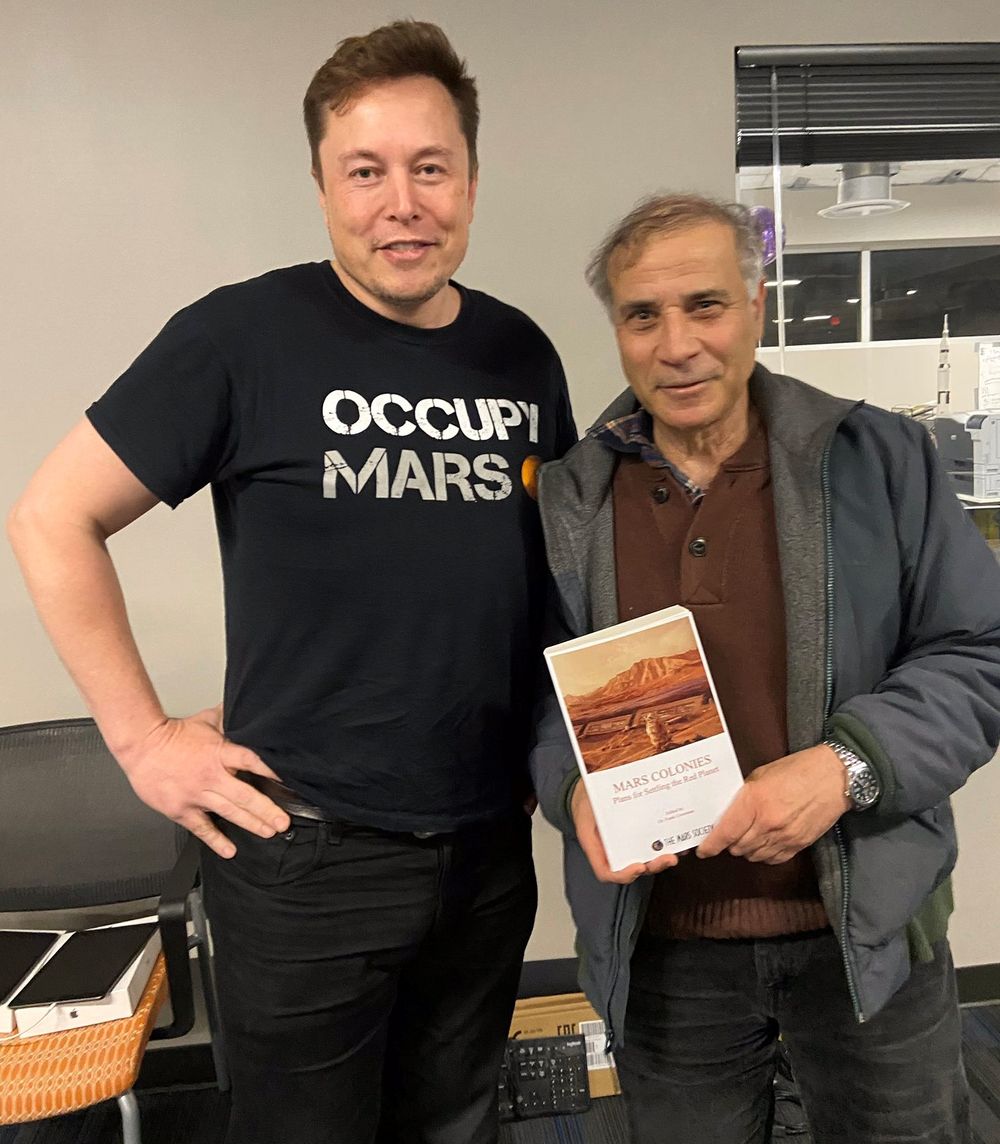
After bombarding Zubrin with follow-up questions, they sat at home in the evening and spoke. The idea was dizzying, but for the first time, they realized it might be possible. Mars was within reach.
Everyone else they talked to said the same thing. Mars was possible with today's, even yesterday's technology, but we have not gone because the politicians hadn't prioritized investing enough money in it.
Tina and Tom approached the new challenge with the same strategy as for their expeditions. Create a plan, go to sponsors, buy rockets and equipment. But it turned out that wasn't the right way. Slowly it dawned on them that they had to do it the hard way. Build their own rocket, their own rocket engine, and their own spaceship.
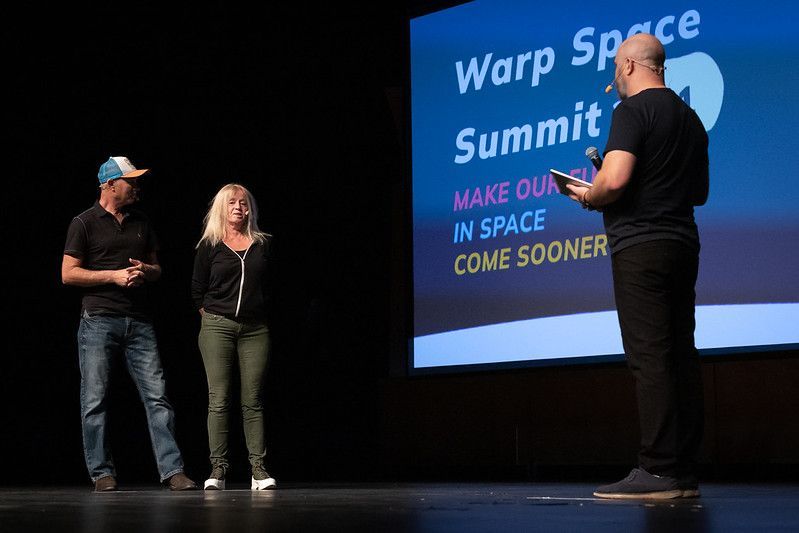
How do you go about doing that?
"You read a lot and you talk to a lot of people", says Tom.
"We called it Expedition Silicon Valley. We saw how the world was changing. First, we have the internet. All the old patents are there, all the old studies of rocket engines, everything. It would take us years to acquire that knowledge in the past. There are lots of courses at Stanford, MIT and lots of other places, for free", Tina adds.
When I met Tina and Tom for the first time, at a space debate arranged by Christer Fuglesang at the KTH Royal Institute of Technology in Stockholm, Tom told me something that really stood out.
You said rocket science isn't rocket science anymore? What did you mean by that?
"That it's not actually that difficult. It is complex, requires a lot of work to understand and learn, but you don't have to have to create particularly many novelites. We have been building this type of rocket for decades."
"This is a message I want to send, especially to young people. Do not listen to what they say at NASA. They emphasize how difficult it is because it is an argument for them to continue to receive money", says Tom.
"You have to work hard, but you do not have to be very smart", says Tina.
"Programming is the key to all space projects. If you start with programming, you can take shortcuts to learn the necessary physics and chemistry. You then find out exactly what you need to know from, for example, physics and include it in your code. Instead of spending years just learning physics, or chemistry", Tom says.
"This is a completely new approach that makes it possible for new players to enter the space industry. This is more important than anything else when we see new players compete with Boeing and the other big players."
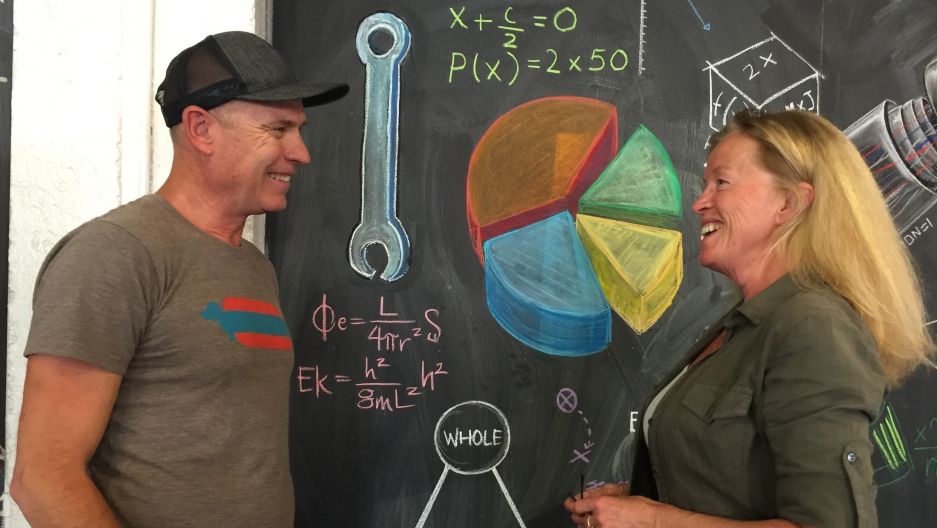
The US military comes knocking...
DARPA is the name of a US research and development agency linked to the Department of Defense. Perhaps best known to the public because its predecessor, ARPA, created the first version of the internet, ARPANET.
One method DARPA uses to push development forward is prize competitions. Among other things, they have arranged one about self-driving vehicles, which Warp News wrote about earlier.
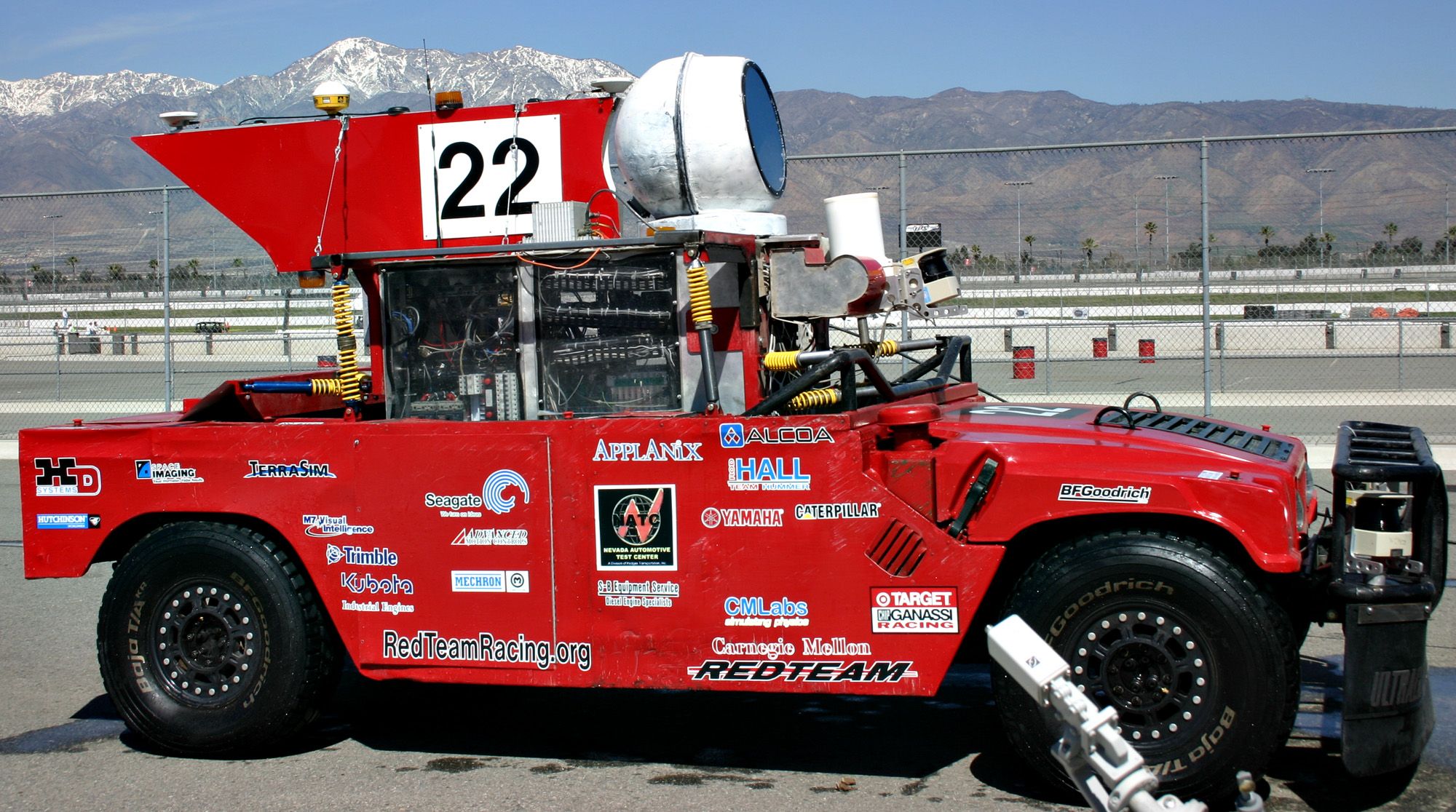
DARPA Launch Challenge
Now DARPA wanted to develop rockets whose innovation process they described as "tedious" with the aim of reducing risk instead of delivering progress.
DARPA reached out to Tina and Tom and asked if they wanted to participate in the competition. No, they did not have time for that, was the answer. But DARPA did not give up. They booked a meeting with Pythom Space and convinced them of the benefits of participating.
A total of 55 teams participated at the beginning of the competition. Ten went on to the finals, of which Pythom Space was one.
However, no team managed to achieve DARPA's requirements to win, so the competition was closed at the beginning of 2020.
Will Tina and Tom be the first humans on Mars?
Their planned departure is 2024. Should they miss it, they will have to wait for two years until 2026, when Earth and Mars are at their closest.
If they make it in 2024, they will most likely be first. If it's 2026, they may get competition from some astronauts from SpaceX. But being first isn't their goal.
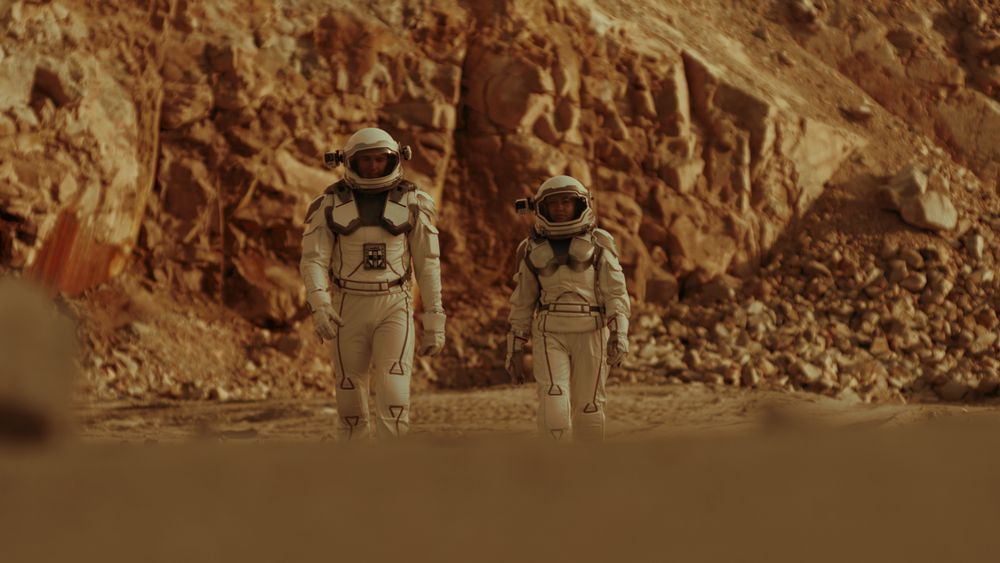
"This is much bigger than being first. This is our second major migration. The first was out of Africa. This is about changing humanity. A whole new world of possibilities", says Tina.
"We see this as a new world. When Columbus sailed to America, there were both better boats and sailors. But no one else did it. He did. All it took was a three weeks. It was not difficult, it was fear that held everyone back. It was believed that one would fall over the edge of the earth. Or eaten by sea monsters. He showed that all that was wrong", Tina continues and Tom nods again.
That's the explorer's purpose.
To go before everyone else and show that what was thought impossible was possible - so that others can follow.
Part 2 about Tina and Tom:
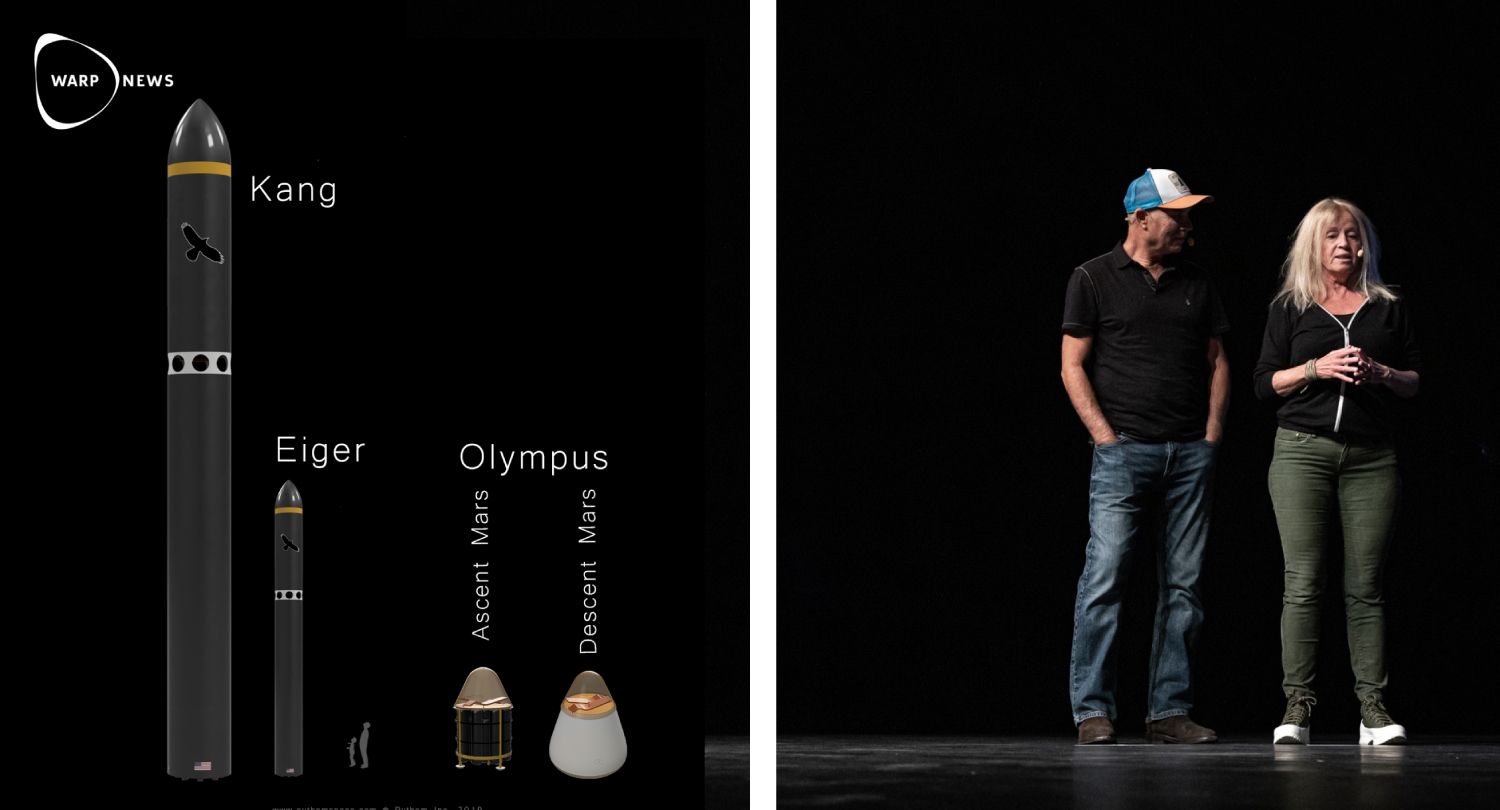
By becoming a premium supporter, you help in the creation and sharing of fact-based optimistic news all over the world.



